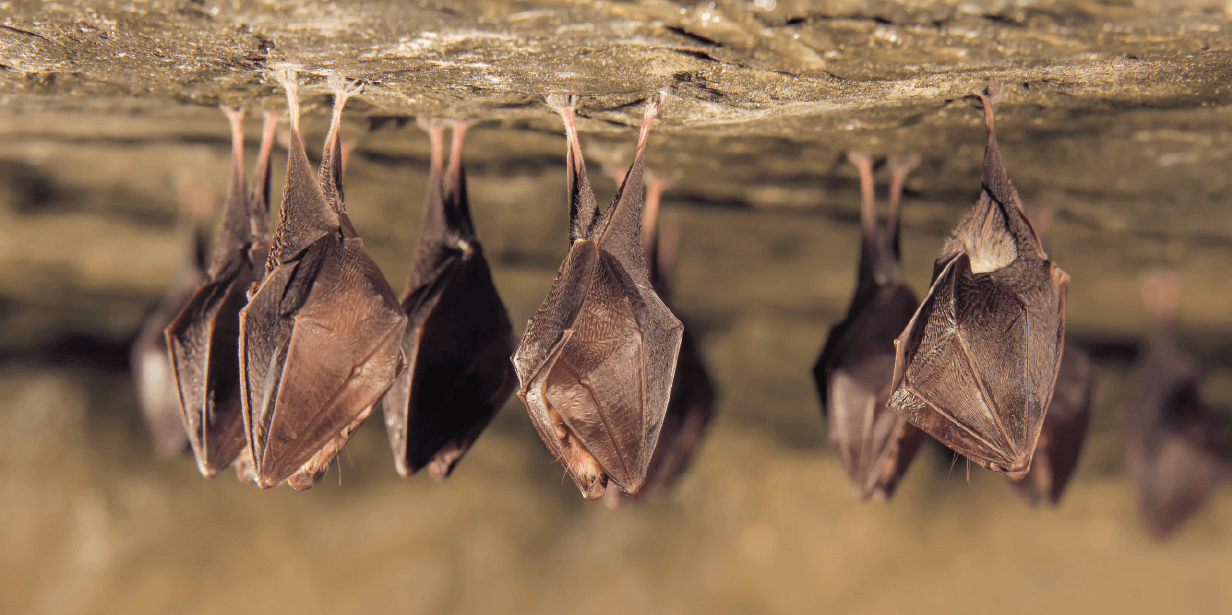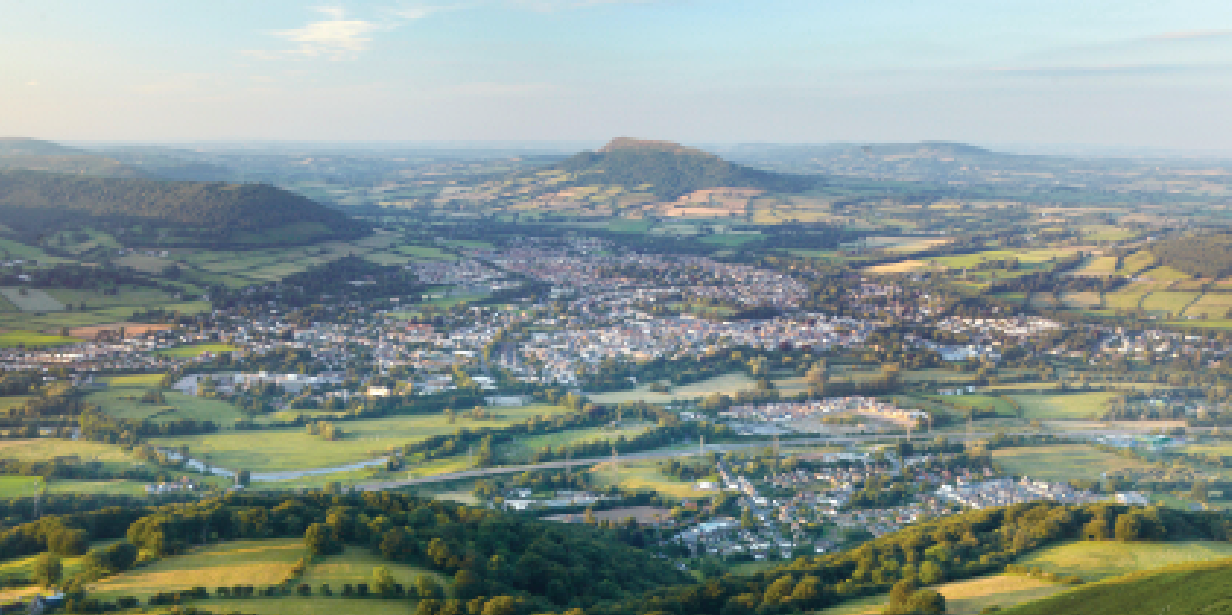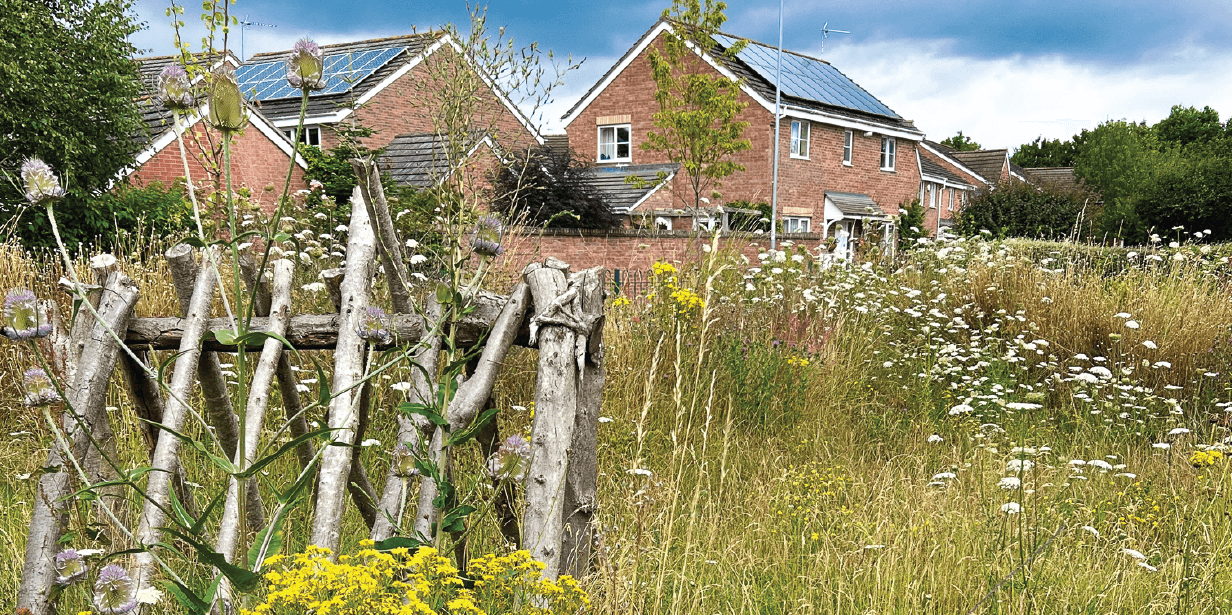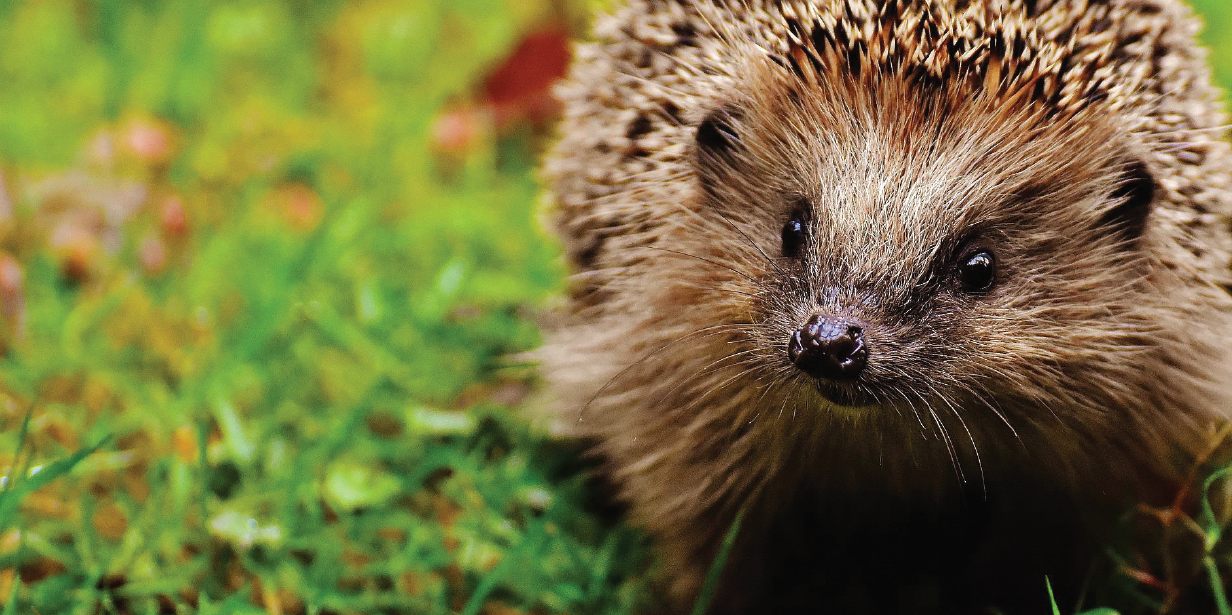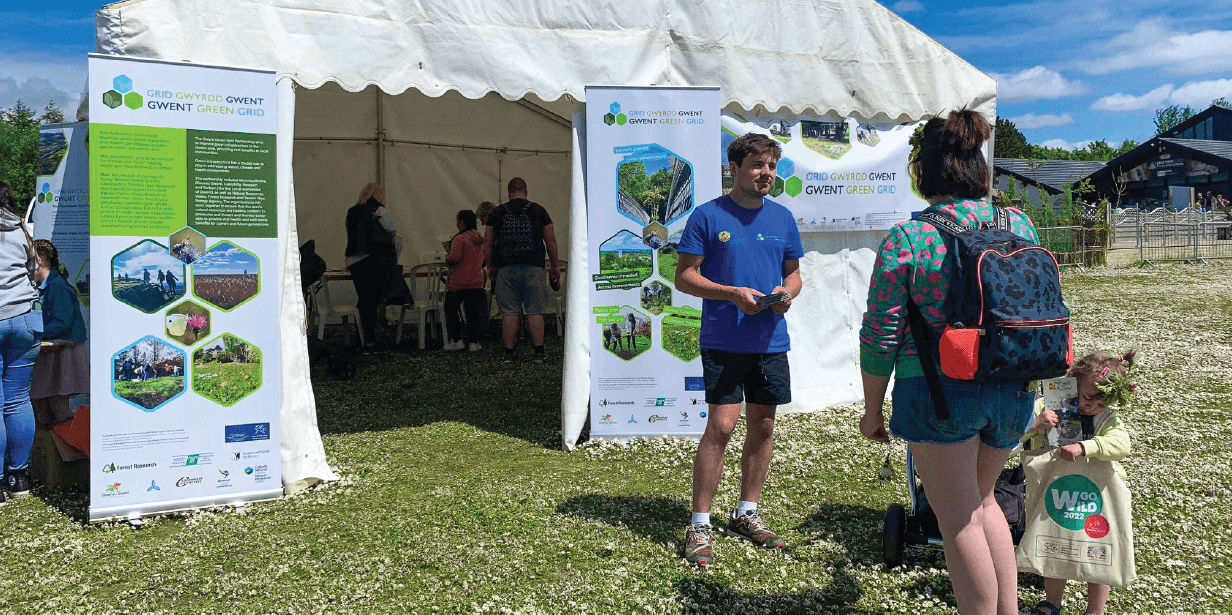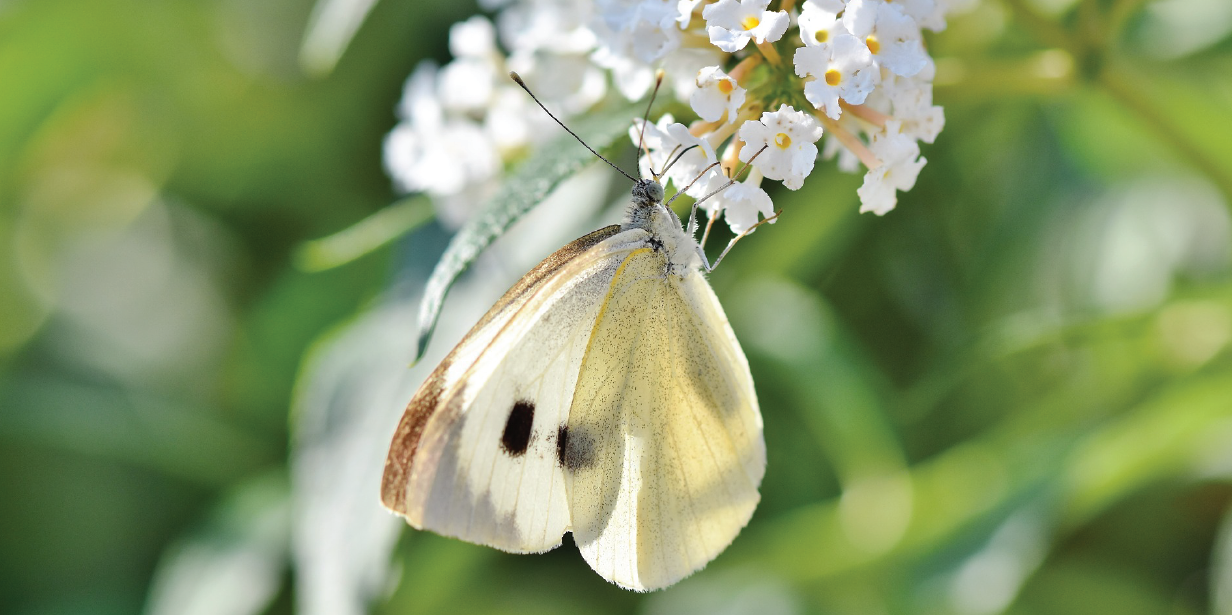Biodiversity in Monmouthshire
What is Biodiversity?
Biodiversity is short for biological diversity and simply means the variety of life. The variety of life is all the living things that occur in the natural world and the variation between them, from algae to oak trees, bacteria to blue whales. Biodiversity is not just about the number of species that occur in a place, it also includes the interactions within and between species and their genetic variation. Therefore, Biodiversity also includes communities of species, habitats and ecosystems.
Ecosystem Resilience describes the health of our environment for biodiversity this is vital to allow species and habitats to adapt to events (for example, the impacts of climate change) resilience depends on the:
- diversity between and within ecosystems
- the connections between and within ecosystems
- the scale of ecosystems
- the condition of ecosystems (including their structure and functioning).
We must not forget that Biodiversity also includes us, and how we interact with other species and our environment. Biodiversity is not just restricted to rare or threatened species, although Monmouthshire has plenty of both, it encompasses all living things in the natural world, from those that are common to those that are critically endangered.
The Biodiversity Duty
Section 6 of the Environment (Wales) Act 2016 places a duty on public authorities to seek to maintain and enhance biodiversity where it is within the proper exercise of their functions. In doing so, public authorities must seek to promote the resilience of ecosystems. This means that Monmouthshire County Council must take a pro-active approach to improve and not reduce biodiversity when carrying out functions. The duty came into force on 21st May 2016 and replaces the earlier Biodiversity duty in the Natural Environment and Rural Communities (NERC) Act 2006.
Monmouthshire County Council developed a Forward Plan to commit to complying with the new duties which is a requirement on all public authorities. There is a requirement to report on the plan in 2019 and every 3 years following this. The plan will be reviewed following the reporting. The objectives of the plan are to:
- Embed biodiversity throughout decision making at all levels
- Provide environmental education to raise awareness and encourage action
- Undertake land management for biodiversity and promote ecosystem resilience
- Influence land management to improve ecosystem resilience
- Tackle key pressures on species and habitats
- Support landscape scale projects and partnerships to maximise delivery
- Monitor the effectiveness of the plan and review
The Biodiversity and Ecosystem Resilience Forward Plan is currently being revised and will be available soon. The Progress Report on the last plan period, 2020 to 2023, is available here.
Monmouthshire Local Nature Partnership
The Monmouthshire Local Nature Partnership is hosted by Monlife, coordinated by members of the Green Infrastructure Team. Local Nature Partnerships provide biodiversity advice and empower community groups to take action for nature conservation. They can also enable collaboration between conservation charities and promote sharing best-practice and working at a landscape scale. The Monmouthshire Local Nature Partnership is proud to be part of the LNP Cymru network of partnerships in all local authorities and national parks across Wales.
Local Places for Nature
Local Places for Nature is a Welsh Government grant scheme promoting access to nature on your doorstep providing capital grants to restore and enhance local nature. Monmouthshire County Council has been using the grants to roll out Community Nature Spaces in major settlements across the county. The Community Nature Spaces project aims to transform smaller and poorer-quality play areas and green spaces into mini havens for wildlife and also provide local residents with opportunities for wild play, community growing and places for quiet reflection.
Seen Something Interesting?
The collection and documentation of wildlife records have a significant impact on the preservation of both wildlife and the habitats they rely on. By actively recording and documenting this information, we contribute to the protection and conservation of our interconnected ecosystem.
A simple way to record your sightings is using SEWBReC on-line recording system SEWBReCORD or by downloading the LERC Wales App to your mobile device.
You may also be interested to explore the records available for your area on the Aderyn site.
This post is also available in: Welsh

